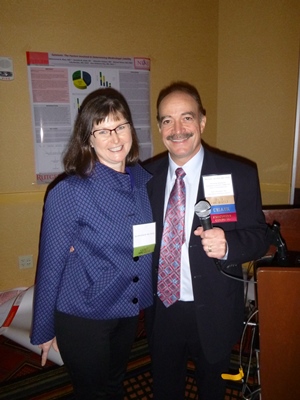Dr Gillian Dunlop is an internationally renowned portrait artist and a rhinoplasty surgeon. She is also a member of the Australasian Academy of Facial Plastic Surgery. We recently had a chance to speak with her about her unique career path and how painting and surgical work overlap.
How is the field of rhinoplasty changing?
Traditional rhinoplasty surgery has involved substantial changes to the nasal silhouette, to achieve a glamorous new look with a narrow tip and streamlined profile. Today we have more appreciation for minimal changes creating subtle differences in the nose contour. Rhinoplasty has become an effort to bring balance and harmony to the overall appearance of the face.
How has painting influenced your surgical work?
Dr Dunlop’s surgical work draws on skills she gained as an artist. She says that sculpture and painting require looking at the way light hits an object and the shadows that give the sculpture shape and form. The same way of looking at three-dimensional objects applies to rhinoplasty. The reflection of light gives grace and definition to the form of the nose. It is the rhinoplasty surgeon’s object to improve the way light reflects off the nose, defining its form.
How did you enter the rhinoplasty field?
Dr Dunlop originally planned to attend art school, not medical school, but her father did not believe she could make a living with art. So she turned to rhinoplasty, the most creative vocation she could find. Every day she uses her artistic skills to sculpt patients’ noses. Today Dr Dunlop is thankful she took her father’s advice two decades ago.
What challenges face the rhinoplasty industry?
There is a public perception that nose jobs are glamorous, and that the surgical process itself is trivial. This downplays the serious nature of nose surgery. Rhinoplasty takes about three hours under general anaesthesia and a healing process that can take up to 18 months, with frequent post-operative check-ups. Dr Dunlop’s role is to guide her patients through this process. She sees many patients who do not initially understand the seriousness of going under the knife.
You recently presented “Rhinoplasty and the Mona Lisa Smile” at the American College of Surgeons’ meeting. Can you provide more details about this talk?
Dr Dunlop’s recent talk in New York focused on how artists such as Leonardo da Vinci used light reflections between the eyebrow and nasal tip to define the face of portrait subjects such as the Mona Lisa. The same artistic techniques can be utilised during rhinoplasty procedures. Furthermore, many portraits are painted with the face at a three-quarter angle. Most people will see your nose from the side, and this should be taken into account by rhinoplasty surgeons. Finally, Leonardo’s minimal emphasis on the nose focuses the attention on facial expression. Similarly, facial plastic surgeons should aim to de-emphasise the nose, allowing the eyes or mouth to dominate the face.
To read the full article, visit www.professionalbeauty.com.au/2013/12/16/qa-dr-gillian-dunlop/

